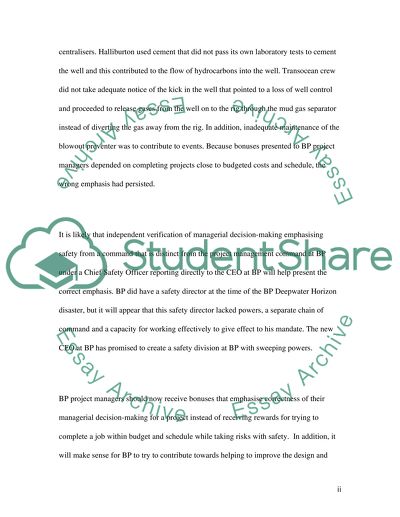Cite this document
(“Risk Management Essay Example | Topics and Well Written Essays - 4000 words”, n.d.)
Retrieved from https://studentshare.org/environmental-studies/1416506-risk-management
Retrieved from https://studentshare.org/environmental-studies/1416506-risk-management
(Risk Management Essay Example | Topics and Well Written Essays - 4000 Words)
https://studentshare.org/environmental-studies/1416506-risk-management.
https://studentshare.org/environmental-studies/1416506-risk-management.
“Risk Management Essay Example | Topics and Well Written Essays - 4000 Words”, n.d. https://studentshare.org/environmental-studies/1416506-risk-management.


